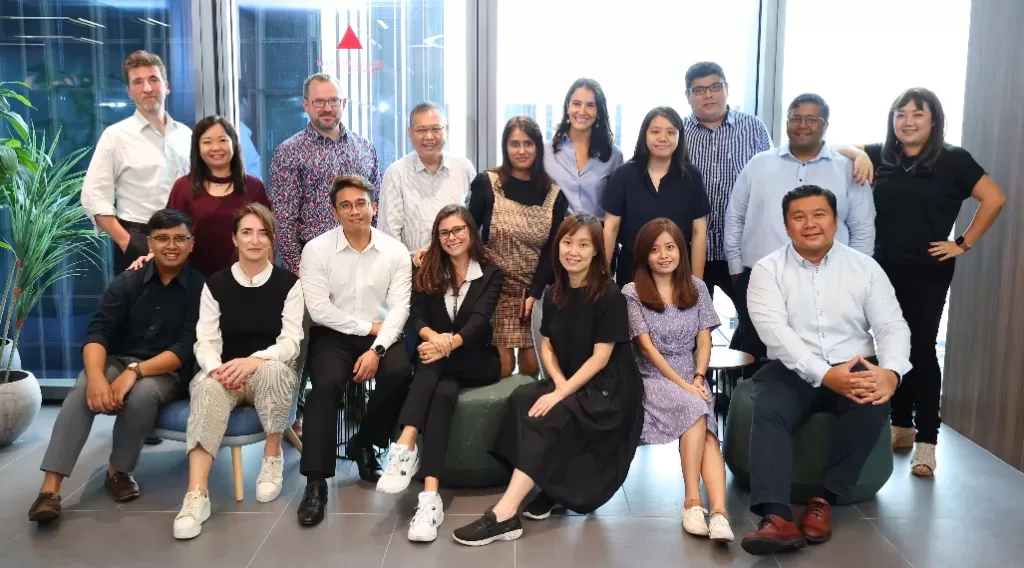by Liliana Casallas
Part II. USA and Spain System
In the US actions to create a transparent and efficient process are related to make students a priority so that they may travel in time to begin their course of study, having focused on cutting wait time for interviews. There are also procedures in place to expedite student applicants, even on short notice. From March 2010, the visa programme is moving towards applying through a unique online form (DS-160), replacing three forms previously used. According to an official source, 90% of applications have wait times of less than 30 days for student and business travellers.
There is no current updated information on rejection rates, however, between 2001 and 2005 the rate of visa rejections was 31%. Table III shows the number of student visas issued, which has been growing proportionally since 2006. Brazil, Mexico and Colombia are on the top of the list.
| Country | 2006 | 2007 | 2008 | 2009 |
| Brazil | 5,926 | 7,418 | 10,556 | 9,160 |
| Mexico | 7,885 | 7,778 | 7,538 | 6,281 |
| Colombia | 2,933 | 3,317 | 3,961 | 3,912 |
| Venezuela | 1,928 | 2,244 | 2,363 | 2,543 |
| Argentina | 1,115 | 1,061 | 1,117 | 1,076 |
| Chile | 992 | 1,108 | 1,076 | 1,074 |
| Peru | 1,089 | 1,065 | 1,101 | 1,005 |
| Ecuador | 1,144 | 1,067 | 1,005 | 960 |
| Panama | 613 | 499 | 579 | 547 |
| Cuba | 7 | 18 | 21 | 16 |
Table III. Student Visa (F-1) issued for Latin America
The Student Advocates for Graduate Education (SAGE) are alerting that there may be difficulties for students who have been granted restrictive single-entry visas. Each country negotiates different entry and time stipulations with the US based on reciprocity, and those students with F-1 single –entry are not permitted to re-enter the US if they leave the country for any reason (i.e. research, visiting family, and holidays). Students have to renew the visa from outside the US, at an additional cost. Additionally, students with F-1 single entry are not entitled to part-time campus work or even for working on a dissertation, which means “they are often unable to fund their studies and gain experiences”, according to SAGE .“These regulations create a ‘brain drain’ from our universities as top foreign students study in other countries”.
Although Spain is the third most popular host country for Latin American students, the student visa process does not have a flexible application process for students, although the official web site of the Spain government state as:
“The visa application process is personal in all cases and circumstances…The approval of a visa is discretionary… The different types of visas have different resolution times… there is no way to speed up this process. “
The official web site state that the visa application should be done in advance, at least fifteen calendar days before the planned visit and no more than three months before the start date.
While there is information that states the requirements for the student application visa, there have been complaints in blogs from Latin American students, which concern the lack of updated information and the amount of paperwork for the student visa application. Official time for the visa process is not clearly stated. Meanwhile, students claim that it could take up to a month and half to get the visa.

